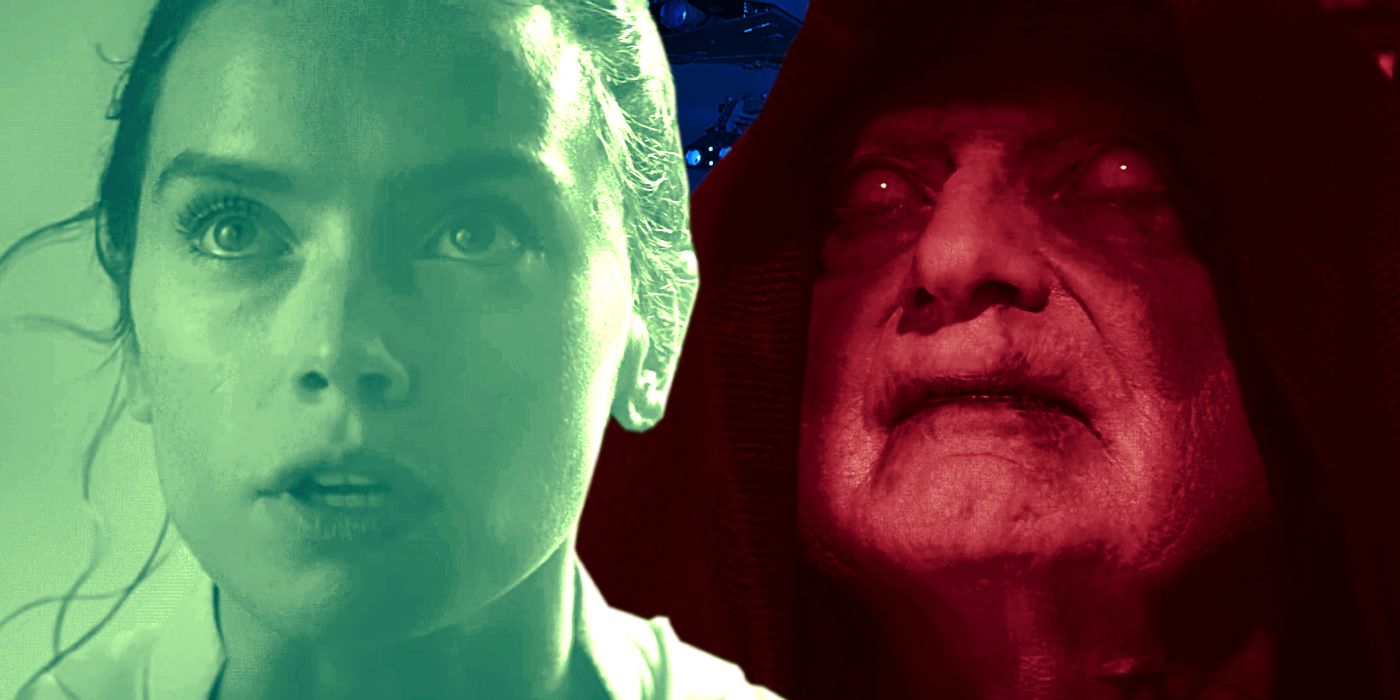
Star Wars: The Rise of Skywalker is the culmination of the conflict between the Jedi and the Sith, and it reinforces one of their key differences. Thousands of years old by the time of the events shown in the Star Wars films, the Jedi and the Sith were the two foremost proponents of the Force, though they differed notably in their allegiance to the light side or the dark side respectively. After the near-obliteration of the Jedi during Order 66 and years of Imperial suppression of Force-centric worship, both are long past their prime by the time of the sequel trilogy, fading into mythic history in many parts of the galaxy.
Both the Jedi and the Sith, by the twilight of their existence, were exclusive. The Sith, following the Rule of Two edict set forth by Darth Bane to prevent in-fighting, existed only as a single Master-Apprentice pair for a millennium before the appearance of Darth Maul signaled their reemergence into galactic affairs. While the Jedi did not take such extreme measures, their recruitment was limited to Force-sensitive children who were purposefully scouted, a pool that was then winnowed by challenges such as the Gathering, the Initiate Trials, and the Jedi Trials. However, like moths to a flame, many individuals outside of these rigid structures were nevertheless drawn to the power of the Force.
With their first appearance in The Rise of Skywalker, the secretive Sith Eternal were revealed to be the linchpin of Palpatine's plan. A cabal of non-Force-sensitive acolytes, they engineered the cloned bodies of Sidious and Snoke, as well as the Final Order Star Destroyers and Sith troopers. But, beyond all of their overtly malicious actions, the Sith Eternal were quintessential dark side followers in a fundamental way: instigated by Palpatine and wholly devoted to the Sith, they were a kind of subservient, fanatical cult, the likes of which the Jedi Order would, in principle, never set out to create.

This isn't to say that similar religious followings didn't emerge in the wake of the Jedi. The Church of the Force, first introduced by follower Lor San Tekka in Star Wars: The Force Awakens, was explicitly influenced by the ideals of the Jedi Order, although it was founded around the time of the Galactic Empire, precluding any direct involvement by the recently decimated Order. Similarly, the Guardians of the Whills, whose two best-known members, Chirrut Îmwe and Baze Malbus, are shown in Rogue One: A Star Wars Story, were known to the Jedi prior to the Clone Wars but remained unaffiliated with them. Additionally, because of their prominent role in the Galactic Republic, the Jedi naturally led other groups which followed for reasons beyond spiritual faith, including the clone troopers.
The Sith and the Jedi are two colossally powerful forces in the Star Wars universe, but the majority of the galaxy lacks any meaningful Force sensitivity, so their interactions with laypeople are nearly as important as their conflict with one another, especially as Rey leads the Jedi into the era of the New Republic. While inspiration is indiscriminate and the orthodox belief is that the Force flows through all living things, Palpatine's use of the Sith Eternal's devotion as an integral part of his plan to return the Sith to power is an exploitative method that turns its back on altruistic light side ideals. This distinction is all the more important for being made in Star Wars: The Rise of Skywalker, which is so concerned with legacy that a reassessment and a reaffirmation of inherited principles is absolutely vital.
from ScreenRant - Feed https://ift.tt/3wsLNzv

No comments: